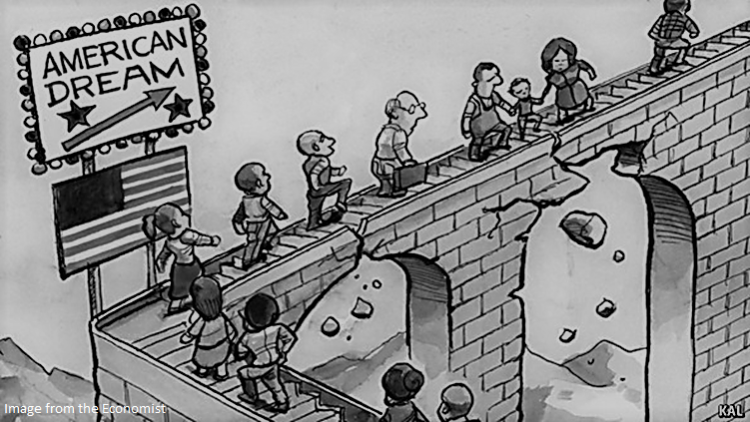Over the twentieth century, it became more difficult for children born to poorer parents to climb the socioeconomic ladder. Declining upward mobility in the United States is now understood as a local problem, which could be addressed through place-based policy. Relatively little is known, however, of the malleability or historical evolution of places with respect to mobility outcomes. This article uses a new linked sample of over three million parents and children to study the historical geography of opportunity. This analysis reveals dramatic change in which places promoted and constrained upward mobility over the twentieth century. This changing geography of opportunity appears to have been partially precipitated by cycles of regional economic development. The territorial imprint of historical race relations, immigration and ethnic diversity, in contrast, are still evident in mobility differences today. This research suggests that strategies aimed at enhancing upward mobility should promote economic opportunity while also contending with more deeply rooted differences between places.
Hosted by Colleen Reid.
Dylan Connor
IBS post-doc

